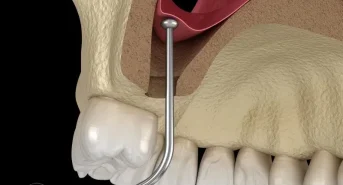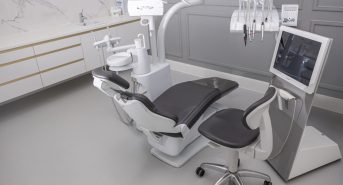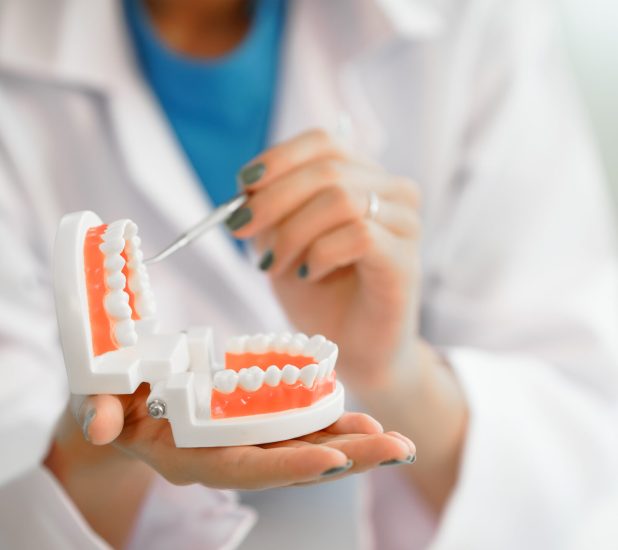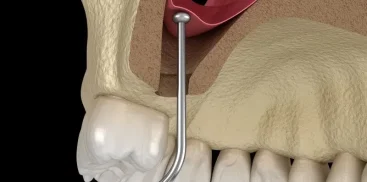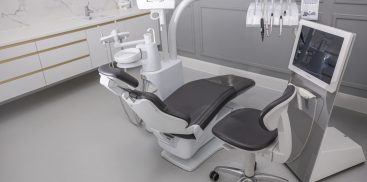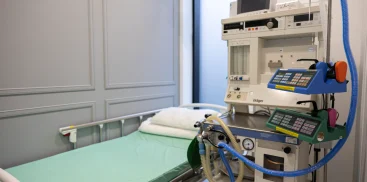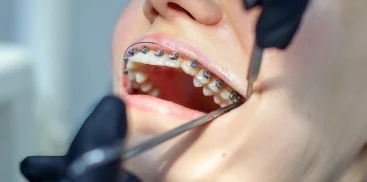Common belief among many patients is that a broken tooth always leads to the necessity of its extraction. However, there are cases where prompt intervention in the dental office can prevent this necessity. Given the right conditions and quick reaction, a broken or severely damaged tooth can be preserved, eliminating the need for its removal.
Causes of Tooth Fractures
Fracture or damage to a tooth can result from neglected caries or mechanical injuries. Especially front teeth are susceptible to severe mechanical damage. Untreated caries gradually leads to the degradation of dentin, which can result in chipping or falling out of tooth fragments.
Dealing with Minor Tooth Damage
Tooth chipping is a problem that can lead to minor tissue loss. In such situations, repair is relatively simple, requiring only the intervention of a dentist in the office. To restore the chipped dentin fragment, light-cured composite filling is applied, matched in color to the rest of the tooth and other teeth in the arch. Alternatively, veneers can be used.
Procedure for Cracked or Broken Teeth
Larger tooth damage, such as crown fracture or crack, requires a more advanced approach. Often, the dental pulp is damaged, so taking an X-ray is necessary before starting treatment. After root canal treatment, crown restoration can be performed.
During crown restoration, composite material can be used, or a glass fiber post-core can be applied. The latter material not only ensures crown restoration but also prevents future fractures.
Deep Tooth Fractures
Fracture of the tooth below the gum line requires immediate repair to avoid displacement of adjacent teeth. The dentist may propose a procedure involving tooth extraction and using it as a base for a prosthesis.

